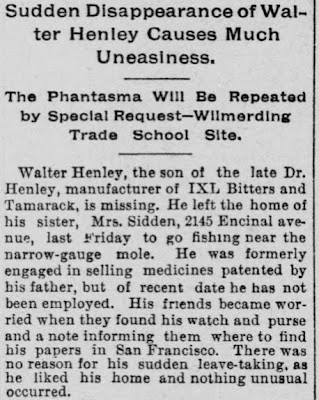
There has really been a jump in the sale prices of IXL bitters in the past few years. The better colors have sold for thousands of dollars with the ice blue example (possibly unique) bring a record price for an IXL. The yellow olive, amber, turquoise, and even brillian aqua examples have all recently sold in the four figure range! These bottles are very early, being first produced in the late 1860s, with the "no circle" being the earliest. The colors for this version seem to be deep and rich when they stray from aqua. To me, there is just nothing that compares to any shade of green in Western glass, from yellow olive to emerald. Here is a deep olive example, and I do not recall one in this color selling at auction. If the going price for a deep fire aqua is $3800, I wonder what this one would bring today?:) I do not believe there are more than 8-10 in this color in collections...maybe fewer. The ambers are very tough, and have sold for $4000-$5000 recently. I think there are maybe 5-8 known in straight amber. These are such a stereotypical Western bottle it is no wonder they are so popular. I have not heard of any nice IXLs being dug lately...some beauties have come from Nevada, Oregon, and California. Any nice finds in other states?












































